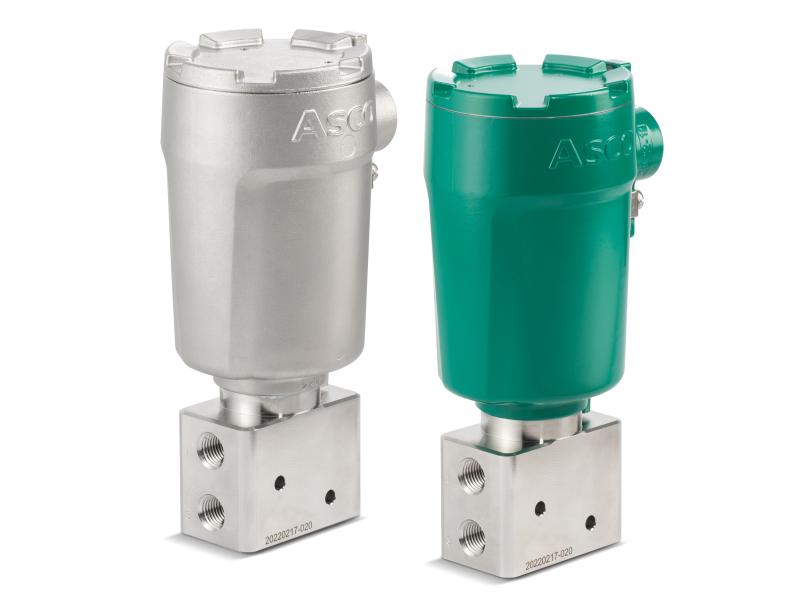What is all the hype about?
Automation is changing at a rapid pace. New robotic capabilities continue to blur the lines between collaborative and industrial robots, but it is certainly an exciting time to integrate robotics into your automation processes.
Since bursting onto the scene over a decade ago, cobots have made automation affordable and accessible to organisations both big and small. Cobots are easy to program and can be handled by someone with limited technical expertise.
They work safely alongside humans or on their own and offer space savings thanks to their compact nature. Cobots are also easily accessible in terms of affordability and implementation.
When to Use a Cobot vs. an Industrial Robot
Darrell Adams, Head of Southeast Asia Oceania for Universal Robots says that various factors should be considered before selecting either a cobot or an industrial robot. “This depends entirely on each organisation’s unique requirements and situation.”
In looking at the difference between these automation options, the following factors should influence the purchasing decision:
Cobots:
- Easy to deploy and redeploy
- Easy to program and set up in-house
- Requires minimal changes to the existing production floor
- Can work safely with humans
- Low initial cost
- Shorter payback period
- Integration with other machines and robots
- Payloads of up to 16kg
- Can run processes with few or no employees
- Automation of processes or products that won’t change over time
Industrial robots:
- High-volume, high-speed applications exceeding over 1m/s
- A required payload of more than 16kg
- A reach of more than 1300mm is required
- Integration with other machines and robots
- Can run processes with few to no employees
- Automation of processes or products that won’t change over time
Dispelling Common Cobot Myths
As a relatively new form of automation, Adams adds that there are still a few misconceptions surrounding cobots.
Cobots are not industrial robots
“Cobots were initially designed to be lightweight and easy to use, but today’s cobots are powerful industrial tools that can be integrated with existing machinery and other robots through PLCs and sophisticated programming software.”
Cobots are the only collaborative robots
Adams notes that almost any robot can claim to be collaborative with the appropriate safety mechanisms in place (per the ISO/TS 15066 standard). “The difference is that cobots are in fact the only robots that were designed specifically to work alongside humans. They are defined by their ability to offer versatility, user-friendliness, small footprint, and affordability.”
Cobots are always safe to use next to human workers
“Every automated application where humans are present requires a risk assessment—and that includes cobots” says Adams. “Based on the assessment, a collaborative application may still require safety mechanisms such as light curtains, safety mats, or reduced robot speed. However, cobots are designed to be used within a collaborative workspace and have built-in safety mechanisms to support this use, and a vast majority of our cobots are used without safety cages.”
Cobots are getting people fired
Adams immediately and firmly replies, “no”. Cobots were designed to focus on monotonous, repetitive or injury-prone tasks to free up time for workers to add value to the business in processes which require more thought. “Often, the arrival of cobots significantly boosts manufacturers’ global competitiveness, enabling them to outbid competitors in low-wage countries, reshore work, and hire more people locally.”
Cobots are slow
With extra safety devices installed, a cobot can work faster than a human and then either stop or reduce speed once a person enters the work envelope. “Even in applications that handle tasks at the same speed as an employee would, cobots do so consistently without stopping or slowing down over time, which typically increases productivity and quality,” Adams explains.
Cobots are not ideal for precision handling
Adams says that this simply not true. “Cobots are suitable for very precise finishing, assembly, and electronics tasks. Universal Robots’ e-Series cobots now feature a repeatability of 30 micron (0.03mm) in the UR3e and UR5e models and 50 micron (0.05mm) in the UR10e and UR16e.” With built-in, tool-centric force/torque sensor the e-Series can handle applications where force-feedback is paramount to obtain uniform results and repeatability.
Adams concludes saying that the journey to automating with cobots is an exciting one. “While there was some resistance in the past, many organisations are now reaping the rewards and cobots are being welcomed by workers.”
Some organisations have gone as far as to name their cobots, and feedback from workers have been that it is as easy to work as a mobile phone.
Universal Robots offers support and training to ensure the seamless integration of cobots into the workforce.
Find Out More
Universal Robots will be hosting regular webinars to help customers get started with cobots and explore automation opportunities. Furthermore, local support, service and maintenance as well as training offerings through our online UR Academy, global network of Authorised Training Centres, and UR’s extensive UR+ ecosystem is also locally available.
Universal Robots
Australia 1800 595 243
New Zealand 800 555 214
Singapore +65 6635 7270







